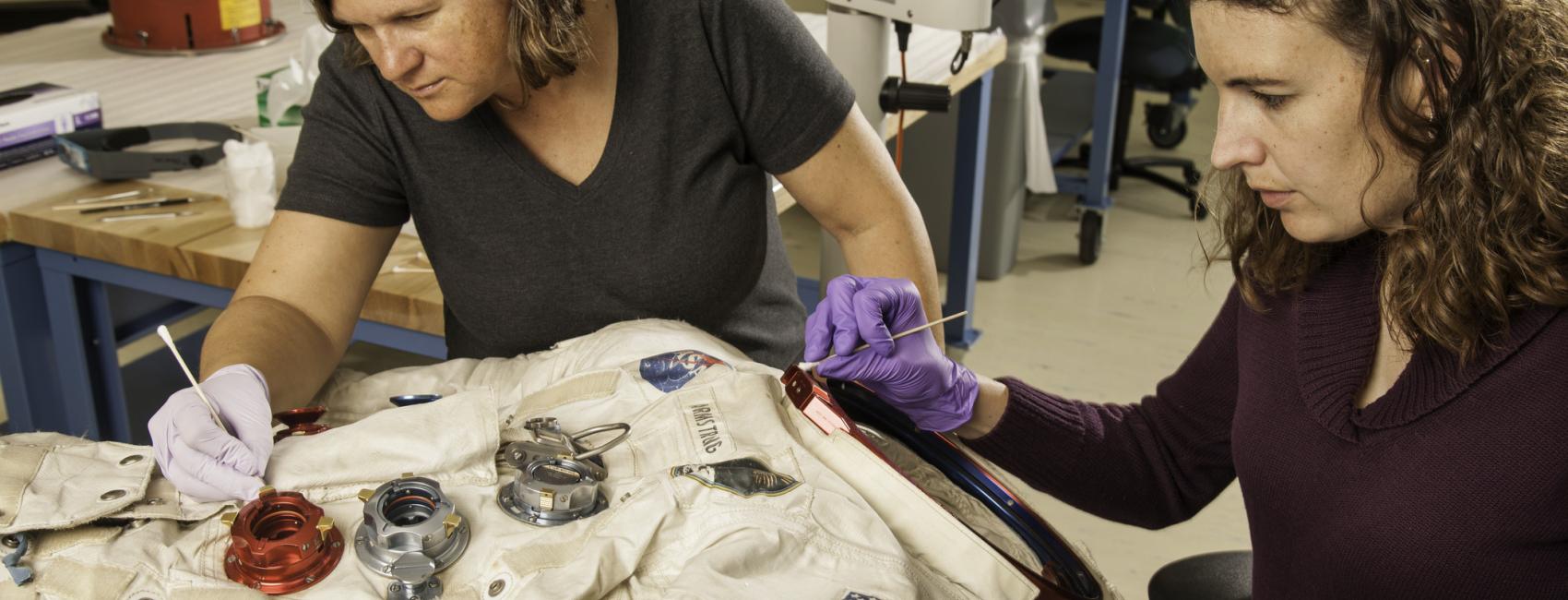
Apr 03, 2018
China’s Tiangong-1 space station fell back down to Earth this weekend, but there was no need to duck and cover. Most of the space lab burned up during re-entry, before landing in the Pacific Ocean. While this crash landing made headlines, it’s not uncommon for objects in space to burn up in the atmosphere—in fact, oftentimes NASA counts on it.
After months of speculation and tracking by scientists and spectators alike, China’s first space station, Tiangong-1 (Chinese for “celestial palace”), crashed back down on Earth after spending seven years in orbit. Like most other objects during re-entry, most of the station material burned up before it crash landed in the ocean.
That’s thanks to the friction created by the air and the angle at which the object hits the atmosphere. Think of it like skipping a rock on a pond. If you hit the water at too steep an angle, the rock won’t skip. The same is true for the atmosphere, too. Finding that perfect angle is important; whether you’re trying to land an object like the Space Shuttle safely back on Earth or trying to intentionally burn something up during re-entry.
The latter is something NASA does often for things like disposing of waste aboard the International Space Station. Astronauts load up their trash—things like used T-shirts or empty food containers—into a supply craft like the Cygnus “SS Deke Slayton II,” which took out the trash in 2016. Thanks to lots of math to find that perfect angle of re-entry, NASA uses the atmosphere itself to incinerate the trash, before whatever’s left lands over the open ocean.
Even though the atmosphere is less dense the farther you get off the ground (we experience this on Earth when we climb a mountain and the air feels thinner), an object like Tiangong-1 would be moving so fast that the friction would add up quickly.
In fact, that’s why it’s rare for space objects to actually hit anything on Earth after re-entry. And when they do, it makes news: the meteorite that crashed into a dentist’s office in 2010, or the woman who was hit with a meteorite while sitting on her couch in 1954. (She was just fine—she walked away with a bruise on her hip and a good story.)
Though Tiangong-1 (or, parts of it) are back down on Earth, its successor, Tiangong-2, is still operational. China plans to launch a larger, next generation space station into orbit by 2022.

We rely on the generous support of donors, sponsors, members, and other benefactors to share the history and impact of aviation and spaceflight, educate the public, and inspire future generations. With your help, we can continue to preserve and safeguard the world’s most comprehensive collection of artifacts representing the great achievements of flight and space exploration.
We rely on the generous support of donors, sponsors, members, and other benefactors to share the history and impact of aviation and spaceflight, educate the public, and inspire future generations. With your help, we can continue to preserve and safeguard the world’s most comprehensive collection of artifacts representing the great achievements of flight and space exploration.